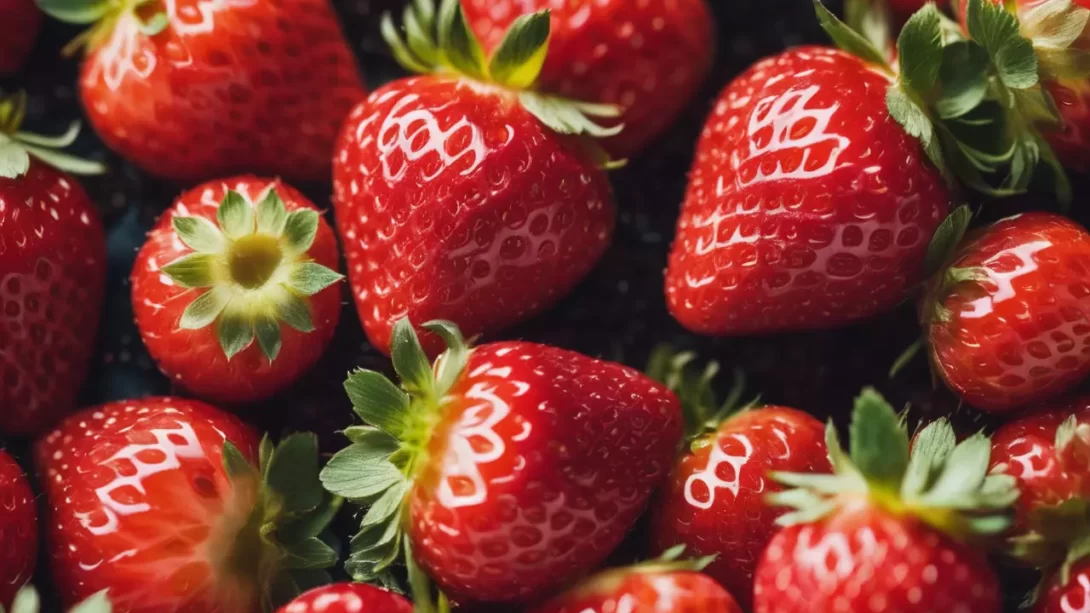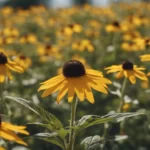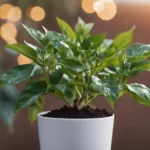In the sunny expanse of Florida, where the breeze carries a hint of warmth and the sun paints the landscapes with vibrant hues, the allure of homegrown strawberries captivates many gardening enthusiasts. Yet, the secret to success lies not just in the act of planting but in the careful orchestration of timing. Welcome to a guide that unveils the art and science of when to plant strawberries in Florida, offering growers across the Sunshine State insights into the optimal moments for sowing the seeds of sweet success.
Florida Climate
Florida, a state known for its diverse climates, presents a unique canvas for gardening endeavors. From the subtropical regions in the north to the tropical landscapes in the south, the state experiences a range of temperatures and weather patterns. Understanding this climatic diversity becomes pivotal when embarking on the journey of strawberry cultivation. The nuances of Florida’s climate, with its mild winters and warm summers, play a significant role in determining the ideal moments to plant strawberries. As we delve into the intricacies of the state’s weather, growers gain a deeper understanding of how to synchronize their strawberry plantings with the rhythm of Florida’s distinctive climate.
Strawberry Varieties Suited for Florida
Not all strawberries are created equal, and Florida’s diverse climates call for a careful selection of varieties that can thrive in the state’s conditions. Varieties such as ‘Florida Radiance’ and ‘Strawberry Festival’ are well-suited for the subtropical climates, showcasing heat tolerance and disease resistance. Meanwhile, ‘Sweet Charlie’ and ‘Camarosa’ find their stride in the cooler northern regions. Each variety brings its unique set of characteristics, tailored to the specific demands of Florida’s climate. By choosing the right strawberry varieties, growers ensure a fruitful harvest that echoes the vibrant spirit of the Sunshine State.
- Sweet Charlie is the strawberry of choice for gardeners across the U.S.
Optimal Planting Time
Timing, akin to a well-choreographed dance, is the key to a triumphant strawberry planting in Florida. The optimal planting time typically occurs in the fall, capitalizing on the state’s mild winter months. This strategic timeframe, usually from late September to early November, allows strawberry plants to establish sturdy roots before the colder temperatures set in. By planting during this window, Florida growers set the stage for robust growth and vibrant berry production come spring. The dance of nature and the rhythms of Florida’s mild winter converge during this optimal planting time, ensuring that each strawberry plant is poised for a sweet performance in the seasons ahead.
Fall Planting Guidelines
As the fall breeze gently ushers in a change of season, Florida growers follow a set of fall planting guidelines to orchestrate a successful strawberry cultivation. The first act involves selecting quality strawberry plants, ensuring they are disease-free and well-acclimated to the state’s climate. Fall planting depth, typically around eight inches, provides the young plants with the protection they need while allowing for healthy emergence in the spring. Adequate spacing between plants, usually 12 to 18 inches, ensures optimal growth and airflow. Fall planting guidelines also encompass soil preparation, emphasizing well-drained soil enriched with organic matter. The careful choreography of these guidelines sets the stage for a successful strawberry production, where each plant promises to bear the essence of Florida’s soil and sunshine.
Spring Planting Considerations
While fall planting takes center stage for strawberry cultivation in Florida, the gardening symphony allows for a potential spring encore in certain regions. In areas with milder winters, particularly in the southern parts of the state, growers might consider spring strawberry planting as a viable option. Spring planting, typically in late February or March, offers a later start to the season and provides an alternative rhythm for strawberry growth. Growers opting for this encore should choose early-maturing strawberry varieties and adjust planting depth and care practices accordingly. The spring planting consideration adds a versatile note to the strawberry cultivation melody in Florida.
Soil and Site Preparation
The success of Florida’s strawberry beds lies not only in the timing of planting but also in the preparatory acts of soil and site readiness. Growers carefully select well-drained sites that receive ample sunlight, creating optimal conditions for strawberry growth. Soil preparation, a critical prelude, involves enriching the earth with organic matter, ensuring it is loose, well-aerated, and ready to cradle strawberry roots. The partnership between soil and strawberry unfolds as Florida growers prepare the stage for roots to weave and berries to flourish. As the curtain rises on the planting season, the careful attention to soil and site preparation ensures a receptive environment for strawberries to thrive, promising a flavorful performance in Florida gardens.
- You will receive a 1.5 cubic foot bag per purchase.
- Delicious fruits and berries are the result of the accumulation of just the right balance of nutrients taken up by the plant. This mix is made to pump up your blooms, fruits and berries with no hang-ups.
- Specially formulated to encourage fruiting and flowering characteristics in plants like herbaceous species, berries, melons, flowers and bulbs.
- Microscopic fungi (mycorrhizae) colonize directly onto the roots, which helps enhance root efficiency and encourage nutrient uptake and enhance production.
- Ingredients include 35-45% coco fiber, sphagnum peat moss, aged forest products, perlite and fertilizer. Derived from earthworm castings, bat guano, oyster shell and dolomite lime.
Mulching and Summer Care
As the Florida sun takes its place in the center of the sky, growers orchestrate a protective ensemble for their strawberry beds through mulching and meticulous care. Mulching becomes the shield against the relentless heat, conserving moisture and suppressing weeds. A layer of organic mulch, such as straw or pine needles, serves as a protective barrier, ensuring strawberry plants remain hydrated and shielded from the scorching sun. Summer care involves vigilant watering to combat the aridity and providing shade during peak heat. The partnership between mulching and summer care transforms the strawberry bed into an oasis, allowing plants to thrive despite the Florida summer spotlight.
Strawberry Harvesting and Maintenance
As the seasons waltz towards fruition, the crescendo of the strawberry cultivation journey arrives—the harvest. In Florida, the optimal time for harvesting strawberries typically falls in late winter to early spring, once the berries reach their vibrant, red peak. Growers, adorned in the role of harvesters, delicately pluck the ripe berries from the plants, ensuring a careful and bountiful harvest. The harvested strawberries then transition into the spotlight of ongoing maintenance, including pest control, disease prevention, and regular watering. This post-harvest care ensures the longevity and productivity of strawberry plants, setting the stage for future seasons of sweet success.
Conclusion
As the curtain gently falls on this guide to planting strawberries in Florida, growers across the Sunshine State are invited to take a bow, armed with the knowledge of when to plant, how to care, and when to harvest for a flavorful yield. The artful dance of strawberry cultivation in Florida, influenced by the diverse climates and rhythms of the state, promises not just a harvest but a culinary journey. May the strawberry beds of Florida gardens continue to flourish, weaving a tale of resilience and flavor that reflects the unique spirit of the Sunshine State.






